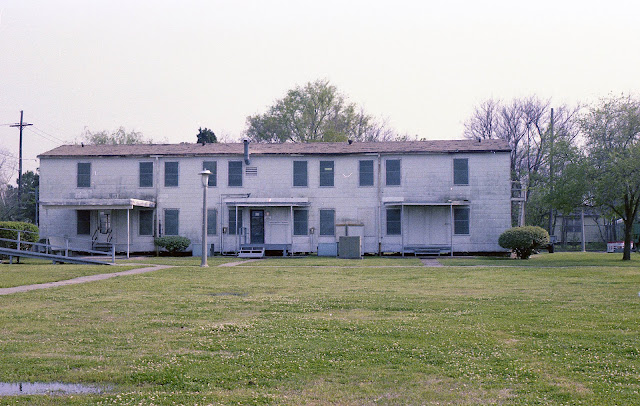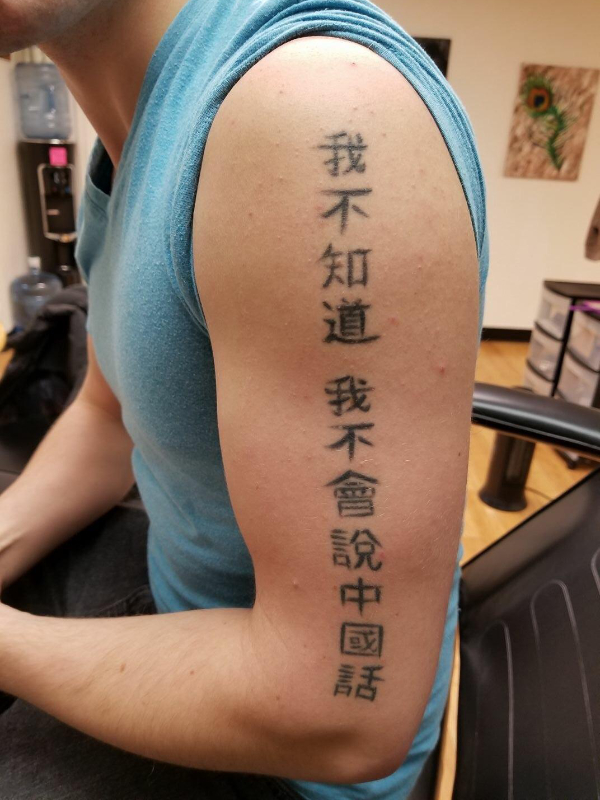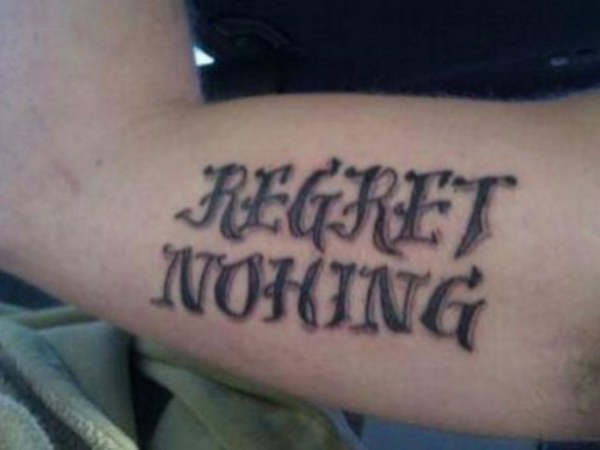When I got out of school, this was how I organized my daily life.
It’s called a piece of paper. To get it to fit neatly in my back pocket or my backpack, I folded it into eighths. That gave me 16 little quadrants (front and back) in which to divide my daily or weekly tasks. Each quad could represent a single area of responsibility—work, home, groceries, friends, appointments, and so on. When the paper became cluttered, messy, or mutilated, I transferred the outstanding tasks to a new sheet. Before the advent of mobile devices, this is how we rolled, kids.
My note-taking became more complicated when I went freelance in 1997. I was juggling more writing assignments for more editors. Each new article I was working on had its own reporter’s notebook.
 |
| Portage Reporter’s Notebook (left); Field Notes brand notebook. Sadly, the latter is beautiful but pricey, causing you to think twice before using it. |
I was also spending more time in stationery stores, scoping out beautiful writing “instruments” and tools. And I got religion, of a sort.
By 2004 I had read Getting Things Done, a book by David Allen, a productivity consultant who made his bones helping busy executives winnow down the mountain of paperwork that threatened to bury them. I have mentioned Allen’s work before.
The essence of his system was to religiously collect all your to-dos in one place so you could routinely process things in efficient waves. His theory was that the act of “capturing” your thoughts, to-dos, and ideas on paper unburdened your mind. So much of the stress we feel is caused by intrusive rumination about things we need to do. A well-tended notebook or to-do file, went the theory, shall set you free.
Of course, you had to “process” those action items if you ever hoped to be #gettingthingsdone. Allen recommended a weekly review to see how you were doing.
His first edition of his book, pubbed in 2001, focused primarily on getting paper under control. (A new edition pubbed in 2015, and addresses digital tasking such as emails more directly.) His principles were embraced by legions of software developers and stationery designers, who cleverly cranked out all sorts of products you simply had to have if you were going to practice the so-called #GTD lifestyle.
 |
| German stationer Leuchtturm makes two varieties of Bullet Journal. See Version 1 and Version 2 here. |
 |
| Inside the Bullet Journal is...paper. |
I slummed during 2020 with an old-fashioned reporter’s notebook. Easy to carry around the house, highly disposable. As soon as the vaccine arrived and I was leaving the house more, I switched to 3.5x5.5-inch pocket notebooks.
 |
| My pocket notebook, circa 1995 (left). My current to-gos: Field Notes (stapled) and Write Pad (perfect-bound) notebooks. |
The ones from Write Pads or Field Notes are an affordable luxury. Depending on my mood I carry them “raw,” or tucked into indulgent leather covers.
 |
| Notebook covers by One Star Leather Goods, Los Angeles, CA. They fit both Field Notes, and Write Pads (with some trimming). (I tried very hard to obscure some of the letters, but you get the idea.) |
Everything fits in a back pocket or wide shirt pocket, and I’m never without paper to write down to-dos, ideas, tasks, that I can carry with me. I’m a sucker for fine pens, but I learned long ago that disposable pens are best when I’m leaving the house. I’ve lost too many nice pens that people have given me as gifts.
All of which brings to me to the key question. I’ve been obsessed with stationery since I was a kid. As a writer, it seems only natural to be interested in the analog tools of the trade. My living room is decorated with two vintage typewriters. I remember once watching a documentary about Ross Macdonald and being enthralled at the sight of him outlining one of his novels in a marble composition notebook. I love hearing about and telling the story of John Steinbeck sharpening his pencils every morning. Simple tools resonate.
But I think it’s fair to say that I am also chasing a figment. It once dawned on me that workwise, I really only had one to-do, and I didn’t need to write it down. I just needed to shut up, sit down, and write.
Every now and then, I come across a scrap of paper on my desk or in a short story file that spells out the plot points of an old story. And I smile. Ecstatically. It’s like unearthing your own personal Rosetta Stone, and being grateful you were able to navigate the fleeting intersection of paper-pen-hand-mind so handily.
 |
| Snippet of plot points that helped write my short story “Mr Tesla Likes To Watch” (AHMM, May/June 2021). |




.jpg)









































